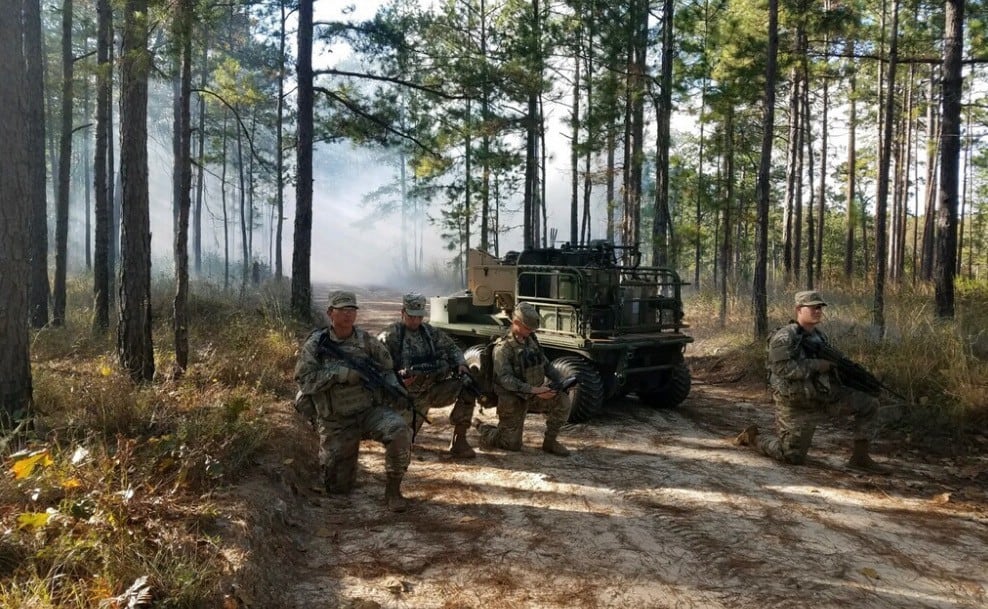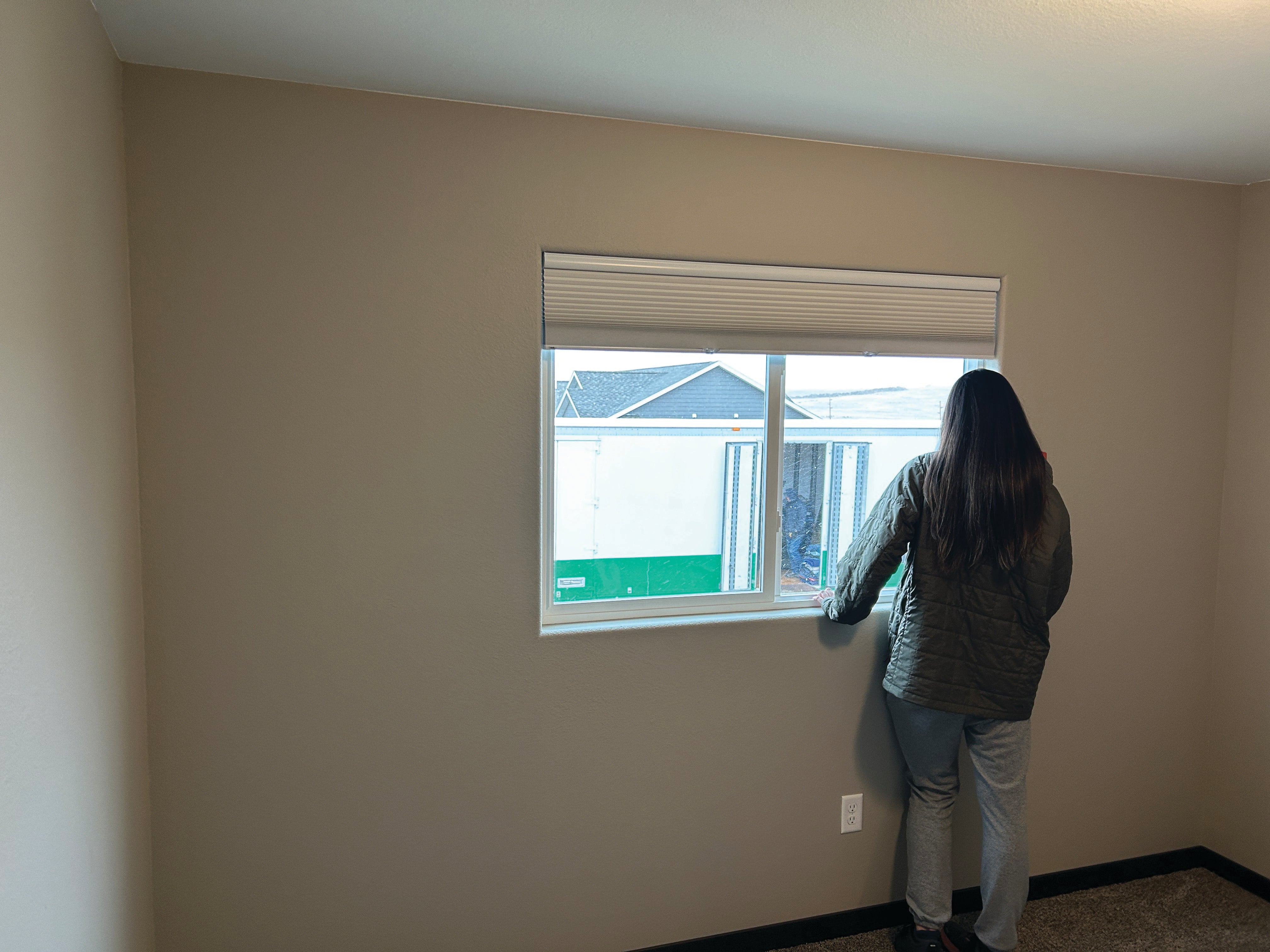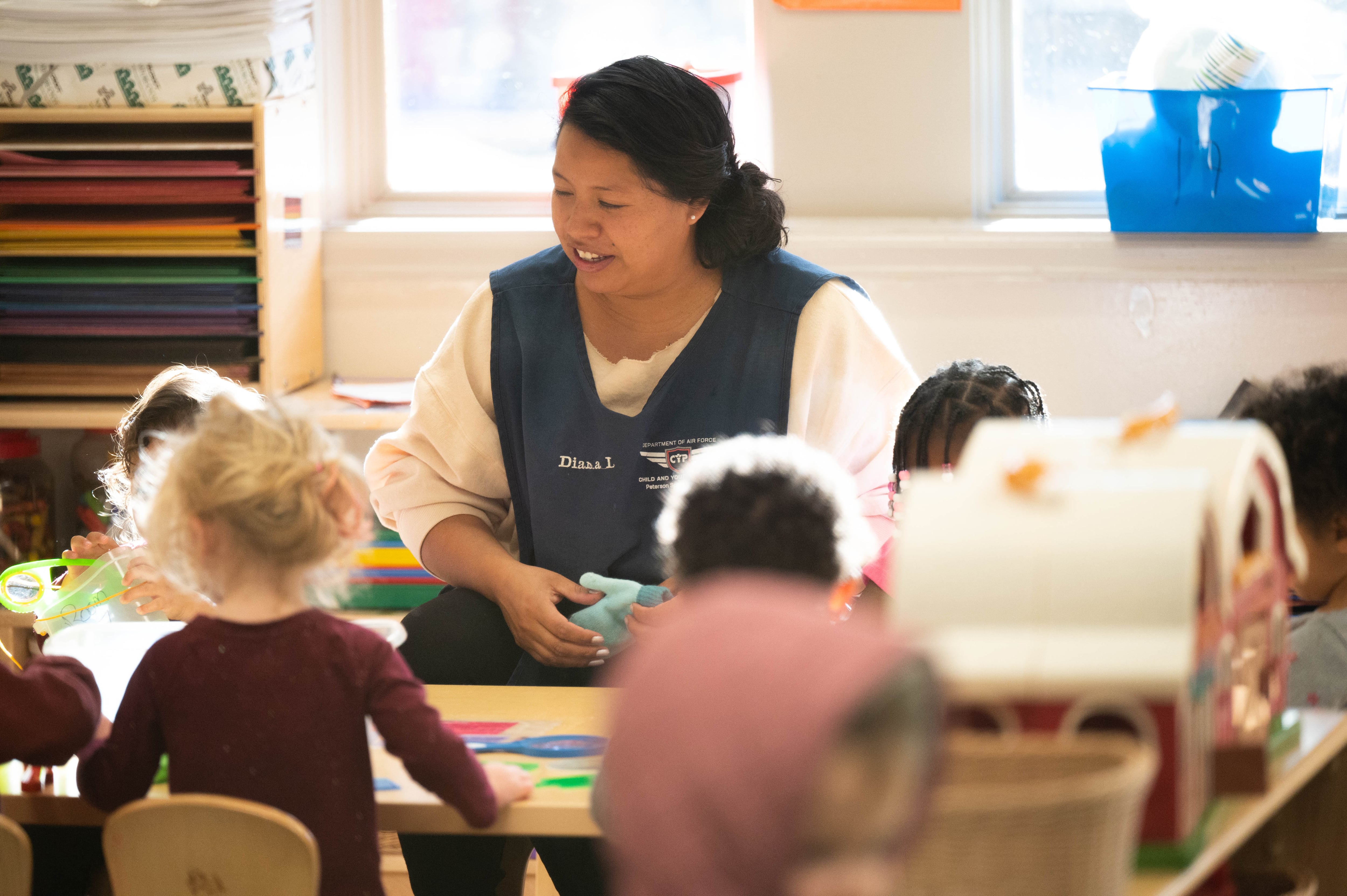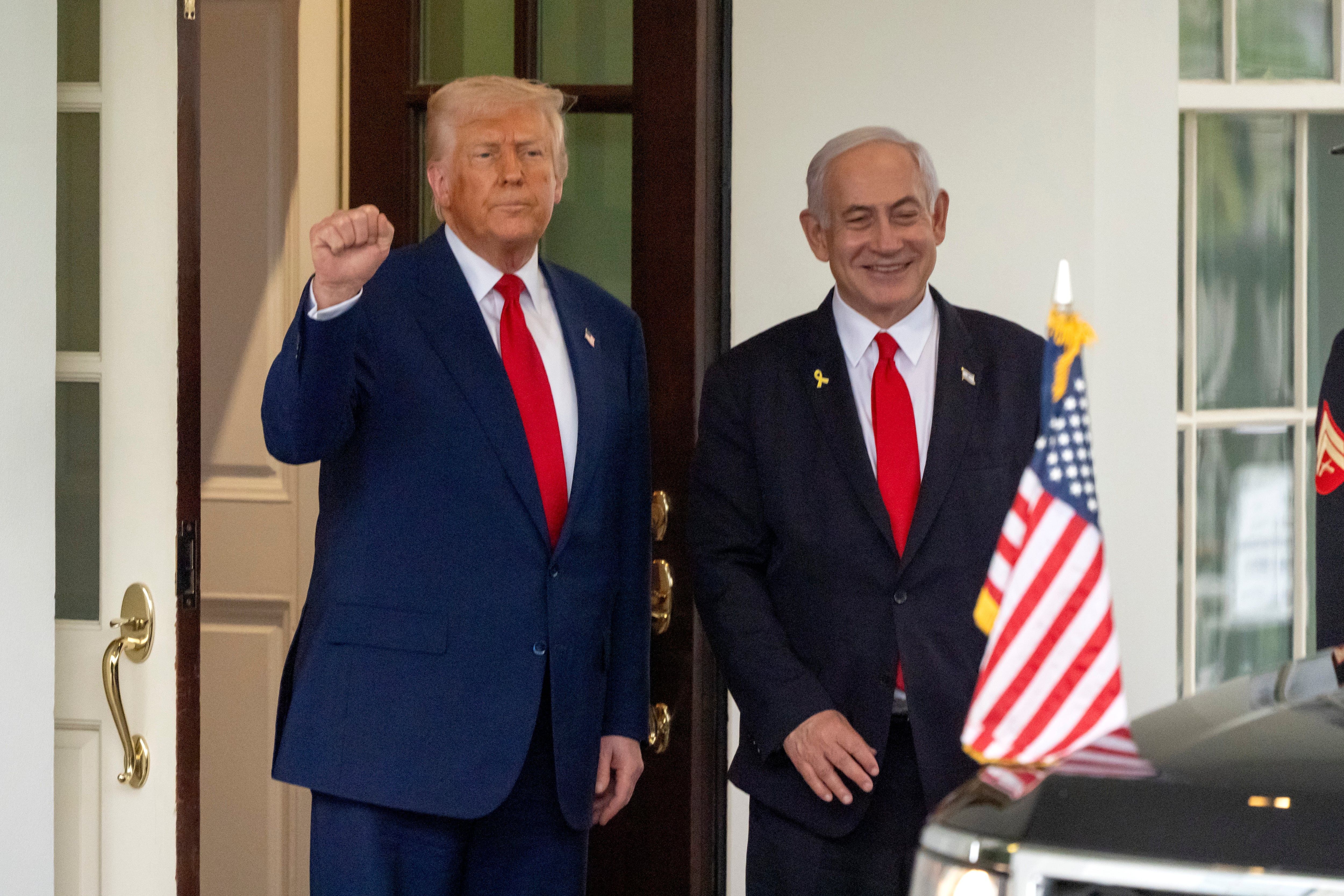War is fog.
War is mud.
War is finding high ground.
And for the Army, war is terrain. One of three select brigades is learning that during training in real time, not far away from real fighting in Ukraine.
Soldiers with the 3rd Brigade, 10th Mountain Division, have spent the past month in Europe spread out between Poland and Germany, where they’ve faced freezing conditions, fog too thick to drive through, rain, snow, mud and all the accompanying challenges such a climate brings.
Based out of Fort Johnson, Louisiana, the 3rd Brigade is one of three Transformation in Contact brigades, an Army-wide effort to test on-the-ground equipment and structural changes, such as new reconnaissance and strike companies. The 2nd Brigade, 101st Airborne Division, out of Fort Campbell, Kentucky, and the 2nd Brigade, 25th Infantry Division, out of Hawaii, are also Transformation in Contact brigades.
RELATED

During this rotation, the 3rd Brigade also got attacked by Sergeant Major of the Army Michael Weimer.
But it was only pretend.
Weimer visited soldiers, donning his field gear for a few days to march and train alongside the troops on both sides of the training scenario.
“We saw snow, sleet, fog that was so thick we had to walk in front of the vehicles at night,” Weimer told Army Times in a Jan. 31 interview. “It’s like it’s own little weather ecosystem. And I think that’s important context because that’s very different than the 2nd of 25th ID’s rotation and very different from the 2nd of the 101st down at [Joint Readiness Training Center], they see totally different terrain, totally different weather.”
The former Delta Force operator spent some time with the opposition forces, probing the 3rd Brigade’s defenses, where he saw soldier ingenuity on display.
A key component of the Transformation in Contact initiative is giving brigades new and tailored equipment, such as infantry squad vehicles, more compact communications gear, and more advanced drones, among a slew of other tech tools.
Weimer said he was impressed with the squad vehicle mobility that soldiers were able to use, even in the tough terrain.
Alongside the squad vehicle, Weimer said soldiers were using the squad multipurpose equipment transport, or SMET, a kind of robotic mule, to cut obstacle emplacement time by nearly half the time it typically takes.
The SMET can also operate in silent mode, charging devices without being detected in the field, he added.
Those small but meaningful advances — cutting down time and reducing the number of soldiers to accomplish a task — have all been key in how small units and their noncommissioned officers are finding ways to solve tough problems in the field.
However, there are still challenges.
During the 3rd Brigade’s rotation in Europe, freezing weather was eating up drone batteries. Soldiers were sleeping with batteries, using hand warmers and emergency blankets to keep batteries warm and sustain their charge, Weimer said.
So, it’s not all about new gear. Soldiers are still working with legacy systems, Weimer said. But they’re finding new ways to use that old gear.
The sergeant major described what he’s seen among troops as having a “[Transformation in Contact] mindset.” Some of that translated into soldiers working through legacy network problems with new tools and combining approaches where it made sense.
“Soldiers are being soldiers,” Weimer said. “They’re figuring it out.”
Todd South has written about crime, courts, government and the military for multiple publications since 2004 and was named a 2014 Pulitzer finalist for a co-written project on witness intimidation. Todd is a Marine veteran of the Iraq War.





